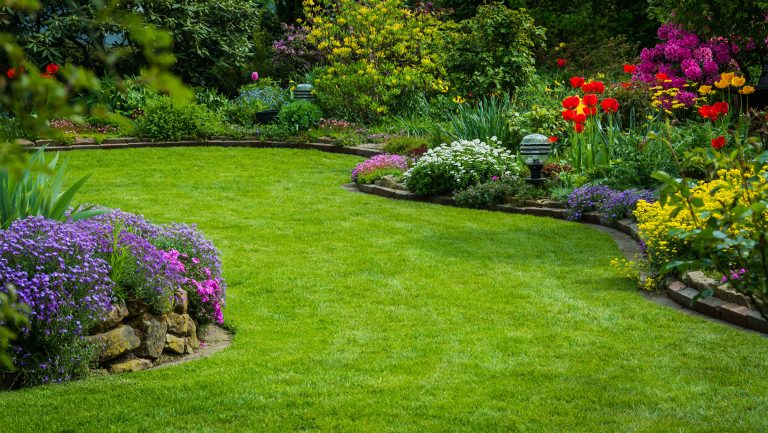Keeping trees healthy and visually appealing requires regular maintenance. Tree trimming and tree pruning are two essential techniques that ensure trees grow properly, remain safe, and enhance the beauty of any landscape. While both methods involve cutting branches, they serve different purposes and are used in different situations.
Understanding the difference between these two practices helps homeowners and businesses in Fort Worth make informed decisions about their landscape care. Let’s explore tree trimming vs. tree pruning, their benefits, and when to use each method.
What Is Tree Trimming?
Tree trimming focuses on maintaining the shape, aesthetics, and health of trees and shrubs by cutting overgrown or unwanted branches. Trimming is typically performed to improve tree appearance and ensure branches don’t interfere with nearby structures or power lines.
Benefits of Tree Trimming:
- Enhances the tree’s visual appeal
- Promotes uniform growth and better structure
- Prevents overgrowth from obstructing walkways and buildings
- Encourages new, healthy foliage
- Reduces risks of branch breakage and damage during storms
Best Times for Tree Trimming:
- Late winter or early spring for most trees
- Regularly for fast-growing trees and shrubs
- Whenever branches become too close to structures
Tree trimming is mostly about aesthetics and structural balance, ensuring trees grow properly without causing obstructions.
What Is Tree Pruning?
Tree pruning is a more strategic approach that involves removing dead, diseased, or weak branches to improve tree health. This method helps prevent disease spread, encourages strong growth, and enhances fruit or flower production.
Benefits of Tree Pruning:
- Eliminates dead or diseased branches
- Improves tree health by preventing decay spread
- Encourages stronger root growth and stability
- Enhances fruit and flower production in trees
- Reduces risks of pest infestations and infections
Best Times for Tree Pruning:
- Late winter to early spring for most trees
- Immediately after spotting diseased or dead branches
- During dormant seasons to prevent unnecessary stress on trees
Pruning is all about tree health, ensuring trees live longer and maintain strong, disease-free growth.
Key Differences Between Tree Trimming and Tree Pruning
| Feature | Tree Trimming | Tree Pruning |
| Purpose | Enhances tree appearance & structure | Improves tree health & removes diseased branches |
| Timing | Regularly to control shape & overgrowth | As needed to prevent disease & encourage growth |
| Tools Used | Hedge trimmers, shears | Pruning saws, shears, loppers |
| Best For | Bushes, hedges, ornamental trees | Fruit trees, flowering trees, large shade trees |
| Outcome | Visually appealing, well-shaped trees | Strong, healthy trees with improved longevity |
Choosing the right method depends on whether you need to maintain aesthetics or improve health.
When to Hire a Professional for Tree Care
Tree maintenance can be risky, especially for large trees or those near power lines. Hiring professionals like Blooms Landcare ensures safe and effective care.
Reasons to Hire a Professional:
- Expertise in identifying tree health issues
- Proper equipment for safe trimming & pruning
- Ensures compliance with local tree care regulations
- Prevents accidental damage to trees & property
- Saves time and effort with efficient maintenance
Choosing the Right Tree Care Plan
For optimal tree health and aesthetics, consider a customized tree care plan that includes both trimming and pruning as needed.
- For businesses: Regular trimming keeps commercial landscapes neat and professional.
- For homeowners: Pruning ensures trees remain healthy and long-lasting in residential yards.
- For seasonal maintenance: A combination of both methods provides year-round protection.
Blooms Landcare offers tailored tree maintenance services to fit your property’s needs, ensuring healthy, beautiful landscapes.
Why Choose Blooms Landcare for Tree Trimming & Pruning?
Since 2006, Blooms Landcare has provided top-quality landscaping and tree care services in Fort Worth. Our team of professionals ensures that every tree receives the right care for optimal growth and longevity.
Our Services Include:
- Professional tree trimming & shaping
- Disease prevention & tree health evaluations
- Safe removal of hazardous branches
- Seasonal tree maintenance plans
- Expert landscape design & lawn care
Frequently Asked Questions (FAQs)
Is pruning the same as trimming?
Pruning and trimming are similar but have distinct purposes. Pruning focuses on removing dead or unhealthy parts for plant health, while trimming shapes the plant for aesthetics or to manage size.
What is the difference between trimming and cutting a tree?
Trimming shapes the tree for looks or size control, while cutting (often called pruning) removes dead, diseased, or problem branches to improve the tree’s overall health.
What branches to cut when pruning?
When pruning, target these specific branches for removal:
- Dead, diseased, or damaged branches
- Crossing branches that rub together
- Suckers and water sprouts (vertical shoots sapping energy)
Why is it called trimming the tree?
The word “trim” comes from an old meaning of “to put in order” or “arrange.” We don’t cut the tree itself when decorating but rather arrange ornaments and decorations on it.
Ready to keep your trees healthy and well-shaped? Contact Blooms Landcare at 817-688-5352 today! Whether you need tree trimming, pruning, artificial turf, lawn care, or full landscape design, we’re here to enhance your Fort Worth property’s beauty and health.


 A bonsai tree is a delightful and entertaining plant to have in your home or around the office. Like most plants, the bonsai does require proper care and attention, however. That should not be intimidating, though. For instance, the bonsai tree has very specific watering requirements that plant owners need to adhere to. More specifically, the tree needs to be watered once a week by immersing the entire tree in a bucket or basin filled with water. Once you notice air bubbles rising to the surface, the bonsai has had its fill of water for the time being.
A bonsai tree is a delightful and entertaining plant to have in your home or around the office. Like most plants, the bonsai does require proper care and attention, however. That should not be intimidating, though. For instance, the bonsai tree has very specific watering requirements that plant owners need to adhere to. More specifically, the tree needs to be watered once a week by immersing the entire tree in a bucket or basin filled with water. Once you notice air bubbles rising to the surface, the bonsai has had its fill of water for the time being.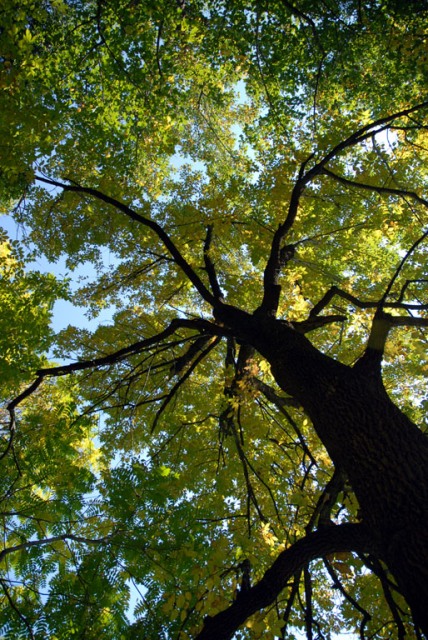
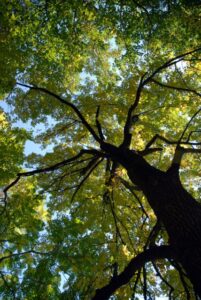 It can be difficult to know when you need to trim the trees in your garden, so using a professional and expert landscaping company is the best way to keep on top of your lawn care. At
It can be difficult to know when you need to trim the trees in your garden, so using a professional and expert landscaping company is the best way to keep on top of your lawn care. At 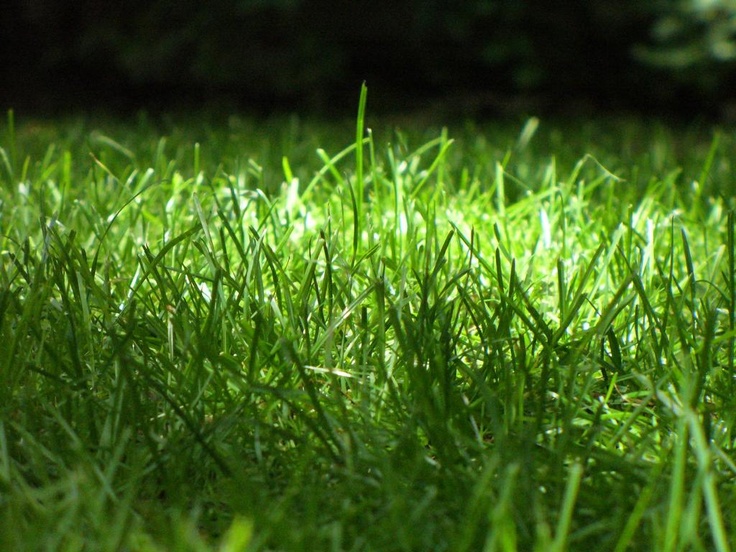
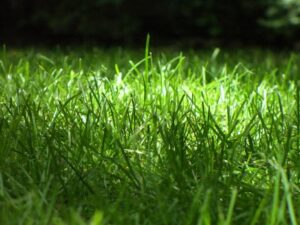 With the oppressive heat in North Texas during the summer months, it can be easy to focus on maintaining your own health, forgetting all about the health of your lawn. The too-high temperatures and lack of rainfall can make trying times for your lawn. Our friendly Dallas and Fort Worth lawn maintenance experts at Blooms Landcare are here to provide you with some simple tips to keep your lawn looking lush all summer long.
With the oppressive heat in North Texas during the summer months, it can be easy to focus on maintaining your own health, forgetting all about the health of your lawn. The too-high temperatures and lack of rainfall can make trying times for your lawn. Our friendly Dallas and Fort Worth lawn maintenance experts at Blooms Landcare are here to provide you with some simple tips to keep your lawn looking lush all summer long.